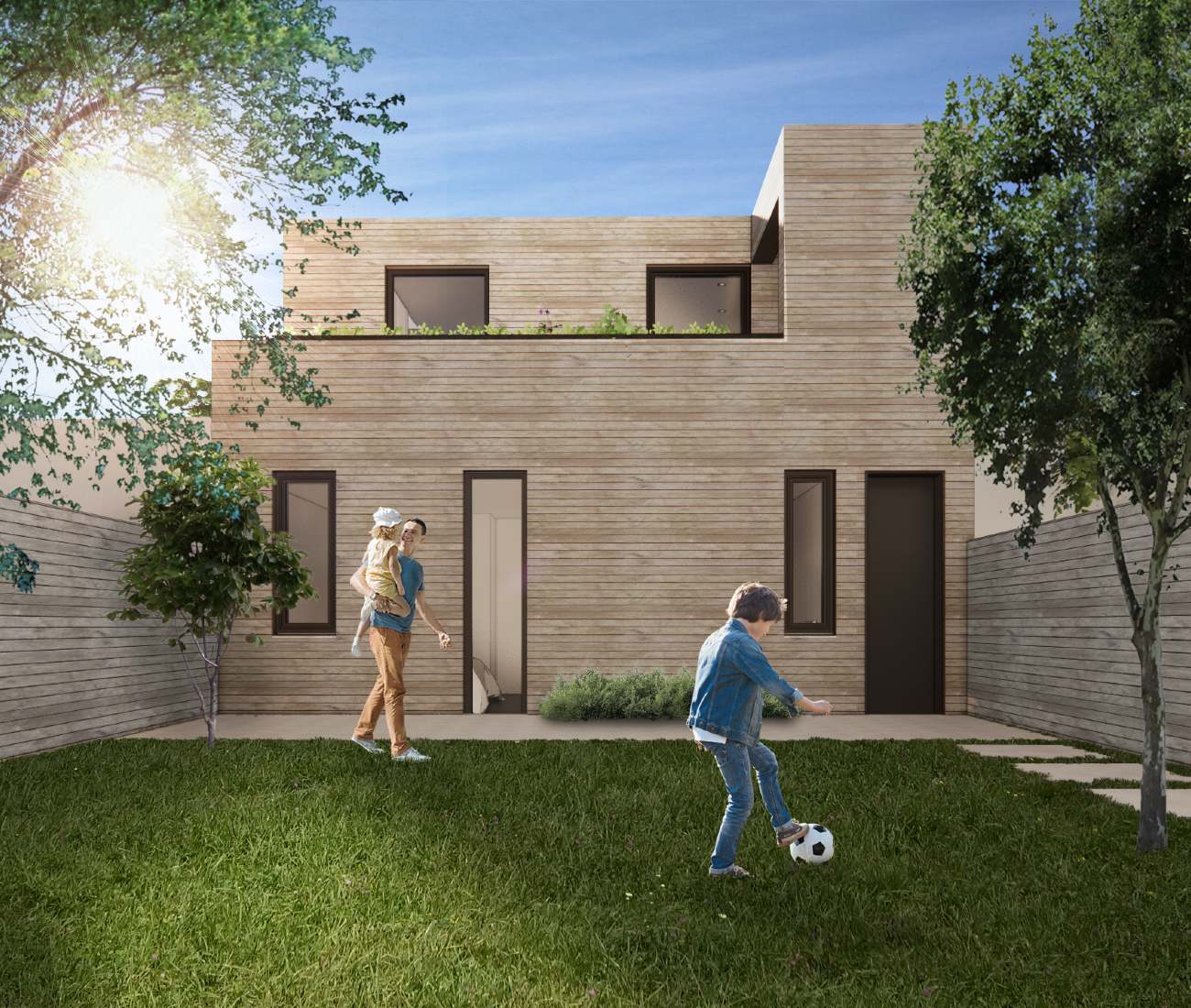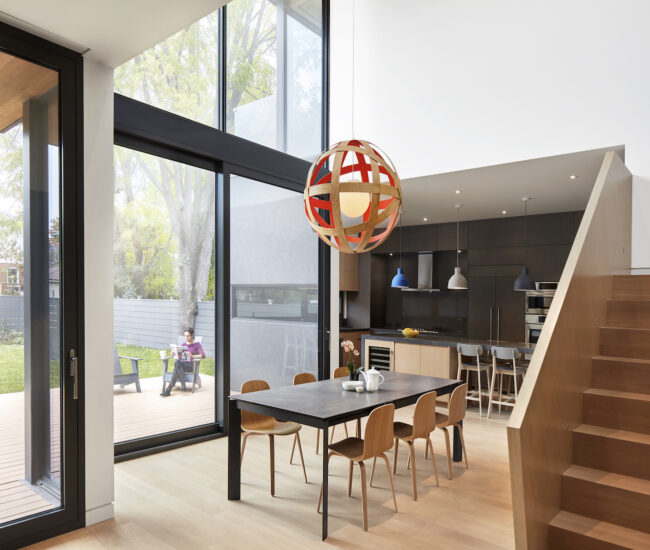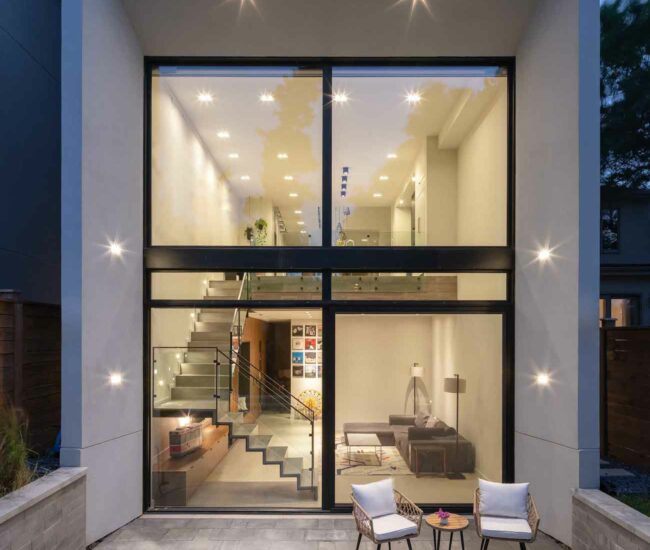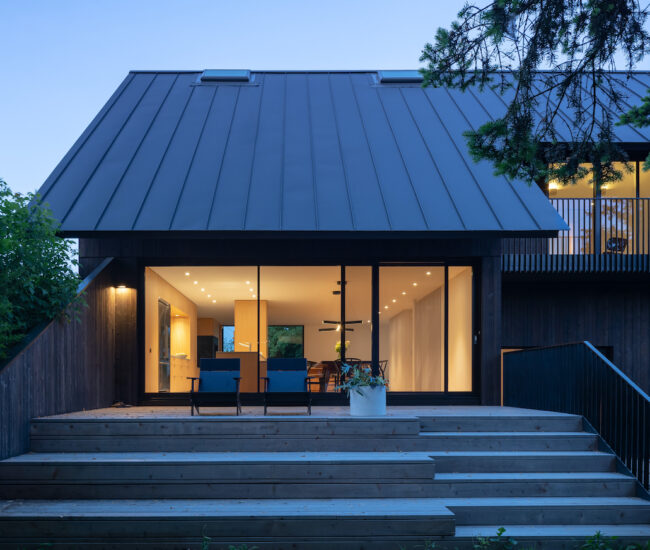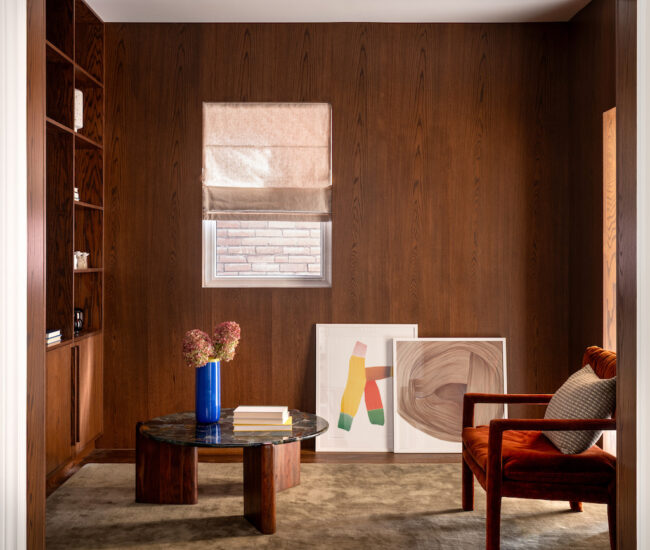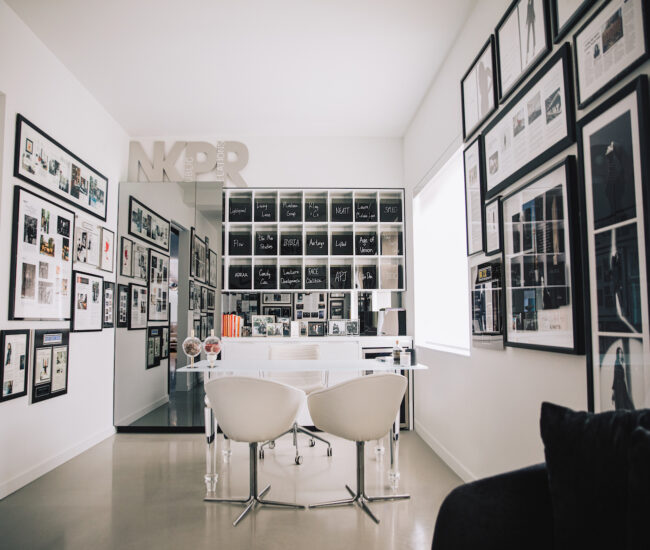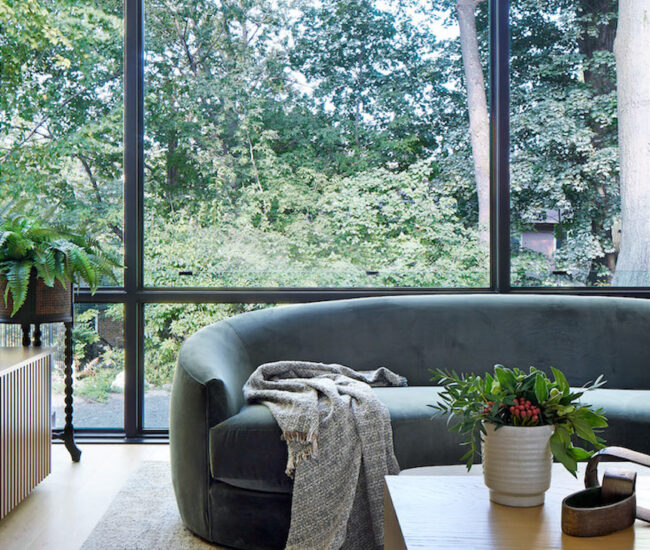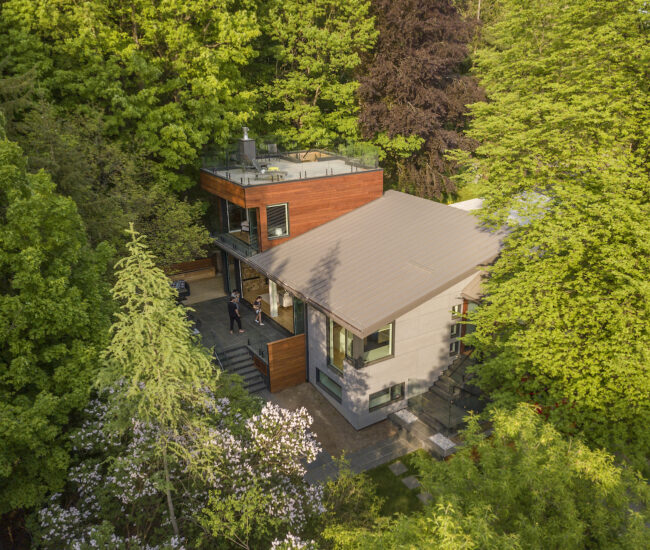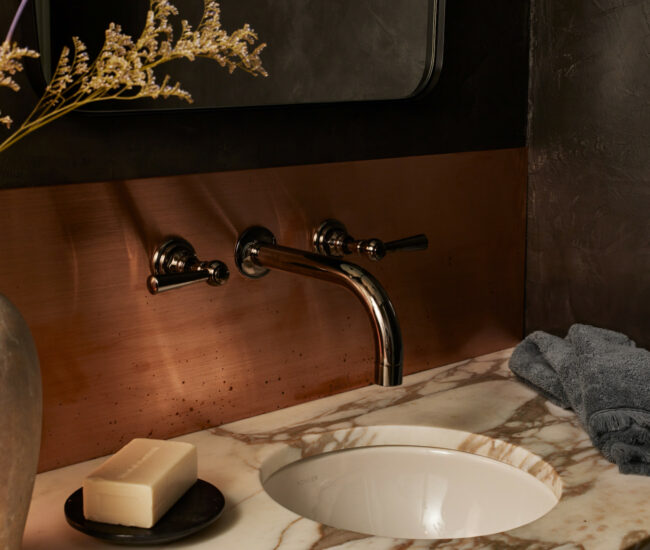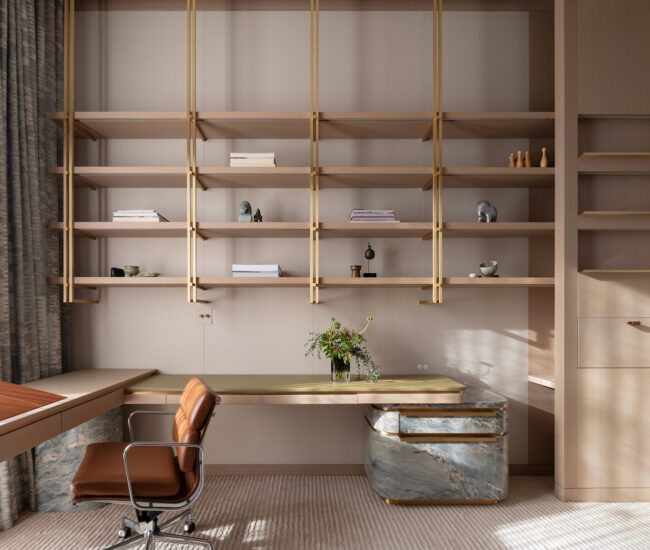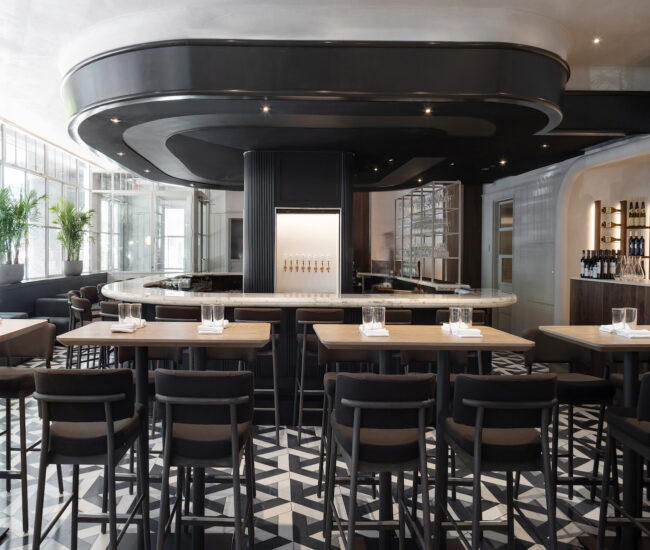This Prefab Laneway House is Designed for Everywhere
The Superkül prefab laneway house concept is energy-efficient, modular and (relatively) inexpensive
While laneway housing tends to cost more, there is an inherent environmental payback. The homes are compact and counterbalance urban sprawl, gently adding density to the city core. When conceiving a prefab laneway home called Laneway Suite 1.0, architecture studio Superkül decided to push for an even greener design. The goal was to aim for Passive House standards, the certification process for the energy-efficient construction of buildings that consume up to 90 per cent less than comparable structures.

Typically, designing a passive house involves considering site-specific parameters, understanding sun angles, wind directions and shading to mitigate unwanted solar heat gain and improve natural ventilation. Because Superkül’s concept – a two-bedroom prefab laneway house averaging 120 square metres with space for a kitchen, living areas, a car and an outdoor terrace – is meant to suit any number of sites, the studio had to ensure its window placements, overhangs and wall assemblies would work even in the worst-case scenarios, like a treeless parking lot where the sun would beat down and bake the structure.

Superkül also wanted a prefab design that improved the laneway home affordability. “We have experience with panelized, prefabricated walls from our Oben Flats on Harbord,” says Meg Graham, Superkül co-founder, referring to that project’s tight construction zone. By building not only the walls but also the washrooms off site (in prefab pods that can be plugged into place like Lego blocks), the studio believes it can reduce the cost from upwards of $500 per square foot down to $300. Not cheap, but more within the realm of possibility for many homeowners. SUPERKUL.CA
Want to see more projects by Superkül?
A Superkül Cabin That Balances Simplicity and Comfort
This Superkül-Designed Project Wants to Be a Gateway to the Junction
In a Lush Oakville Grove, Wood is Superkül

